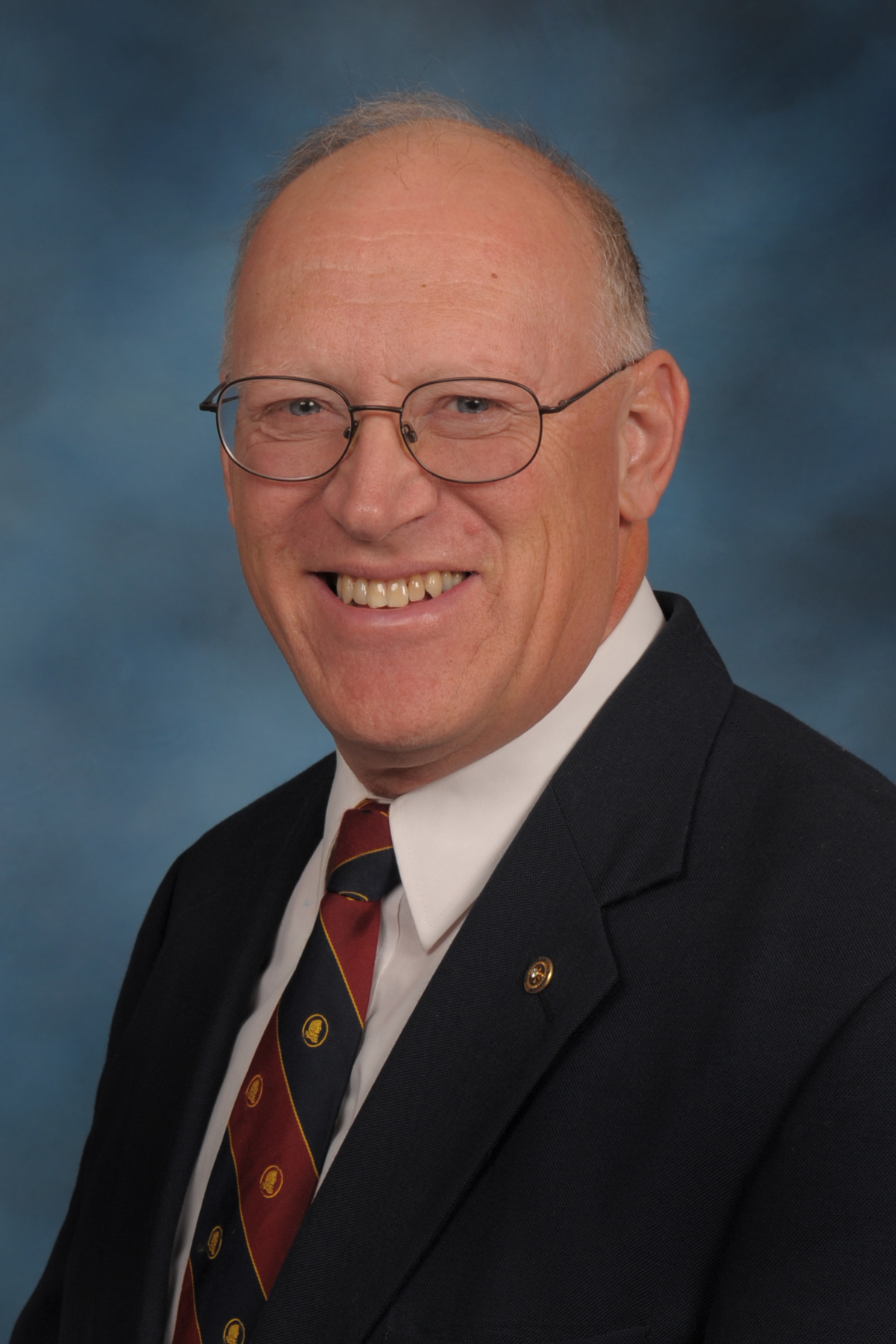On the wall of Doug Anstaett’s office, a large map of Kansas is adorned with stars. “Those stars are the newspapers in Kansas, and the color (of the star) tells me when I visited them,” Doug said. Staying in contact with newspapers is part of the lifeblood of his position, because he is the executive director of the Kansas Press Association.
Doug has been executive director of KPA since 2004. He grew up in Lyndon, where the weekly newspaper was the People’s Herald. Doug was 12 years old in 1963, when President John F. Kennedy was shot. As were many of us, Doug was horrified and then captivated by the news. “I became a voracious reader,” he said.

He also became a writer and served on the high school newspaper. “We had a senior English teacher that kids didn’t like much because she was really tough, but I was thankful for her when I got to college,” Doug said. He graduated from K-State in journalism and began as a reporter for Stauffer Communications, working his way up to become an editor and publisher. He worked in four states before becoming editor and publisher of the Newton Kansan in 1987.
As an editorial writer, he won four first place awards in the William Allen White Editorial Excellence competition of the Inland Newspaper Association. In 1992, his newspaper won the sweepstakes award for the newspaper judged best overall. In 2003, he came to Topeka with Morris Communications to be editorial writer with the Capital-Journal and then moved to the Kansas Press Association, for which he had served as volunteer president three years previously.
Under his leadership, the KPA provides legislative representation, advertising placement, and education and training for the 235 newspapers of Kansas. At the Capitol, KPA has successfully worked for the reporter’s shield law and measures to open up the compensation packages of coaches and athletic directors plus probable cause affidavits.
Through all his newspaper work is the value of community. “My goal was to have the local newspaper be the predominant community information source,” Doug said.
His thoughtful, well-informed editorials didn’t just win awards, they helped move the community forward. “Newspapers have tremendous power to do good,” Doug said. His editorials would earn him compliments on the street, even from people who disagreed with him.
Another of Doug’s accomplishments was to advance the Kansas Newspaper Foundation, which supports worthy causes through endowed funds. For example, the foundation recently made a donation to help a local school newspaper team travel to the “We The People” competition. The school was located at the rural community of Hartford, Kansas, population 499 people. Now, that’s rural. Doug and his wife have also supported a journalism scholarship at K-State. “It’s great to have these funds that can make a difference for kids,” he said.
What does he say to those who think newspapers are a dying breed? “Journalism is very much alive,” he said. “Newspapers are one way to deliver journalism. Digital is another. Today, print is still the driver.”
“We have to preserve journalism,” Doug said. “Our nation depends on it.”
“Doug Anstaett is the epitome of great Kansas journalism,” said Gloria Freeland, director of the Huck Boyd National Center for Community Media. “He has worked in the trenches as an editor/publisher himself and now he is leading newspapers around the state through education programs, editorial leadership, and advocacy to keep public records and meetings open. He believes in journalism and in the capacity of media to serve their communities.”
Doug likes to cite the credo of Oscar Stauffer, founder of Stauffer Communications: “Count that day lost when you haven’t done something to benefit the community you serve.”
During his career, Doug has visited most newspapers in Kansas. He marks each one with a star on the map in his office, and hopes to visit them all again in the next two years before retirement. Perhaps he represents the Kansas motto, “Ad Astra per Aspera – To the Stars through Difficulty.”
And there’s more. Journalism is also practiced through broadcast media, and we’ll learn about that next week.
